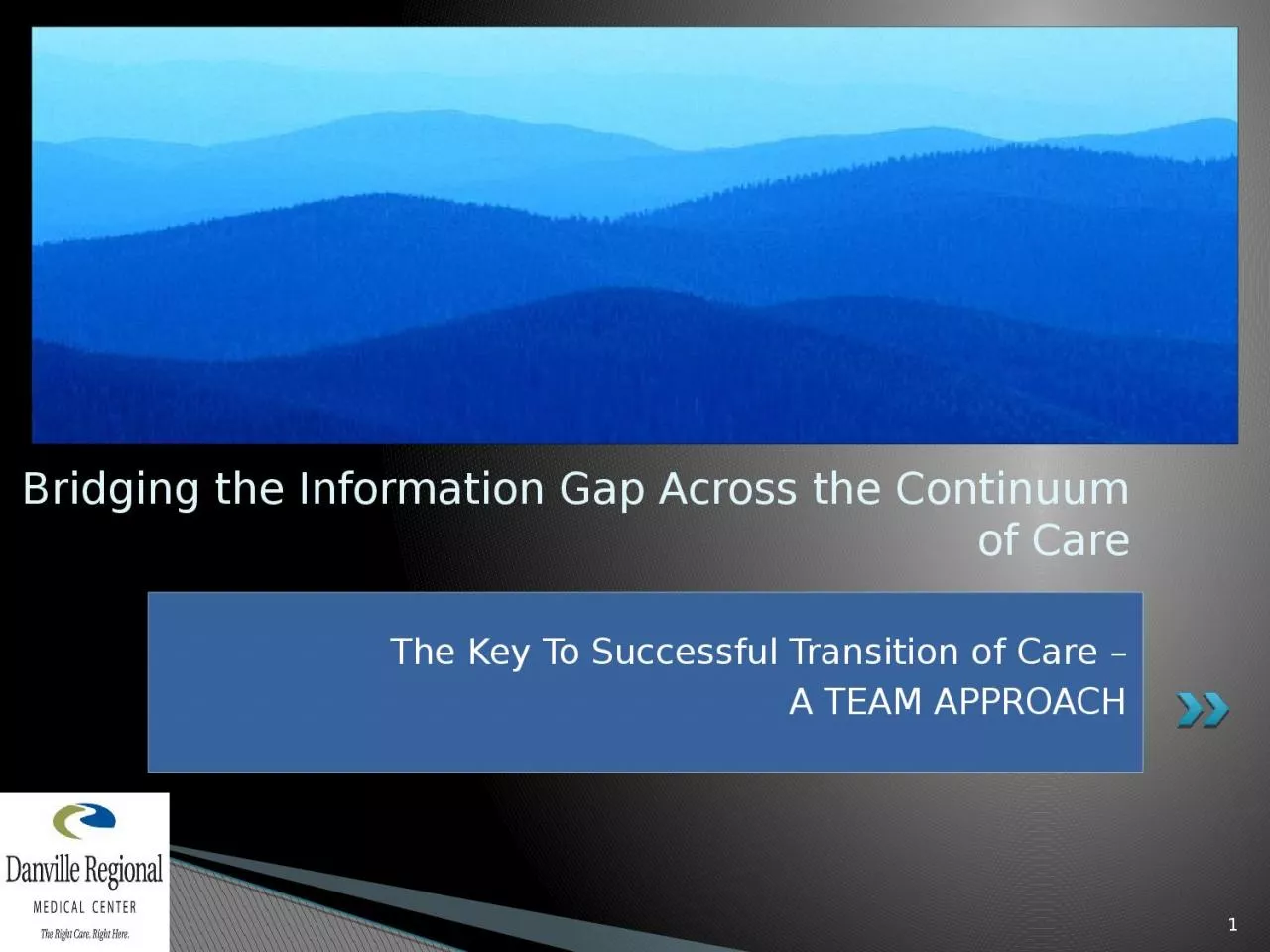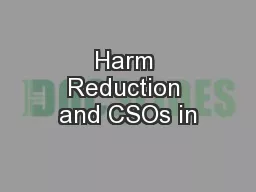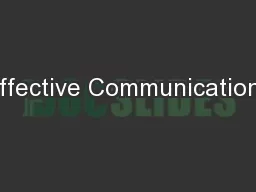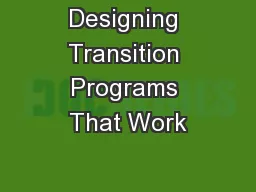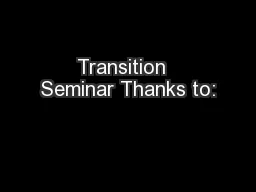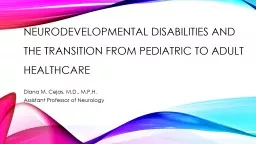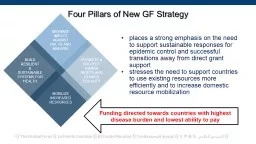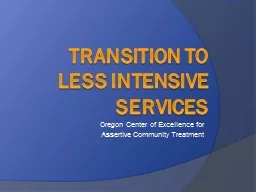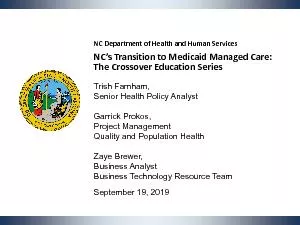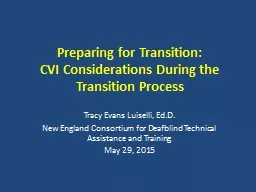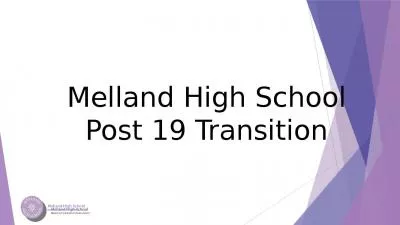PPT-The Key To Successful Transition of Care –
Author : ximena | Published Date : 2024-02-09
A TEAM APPROACH 1 Bridging the Information Gap Across the Continuum of Care Danville Cross Setting Workgroup Goal Prevent skin breakdown or worsening of an existing
Presentation Embed Code
Download Presentation
Download Presentation The PPT/PDF document "The Key To Successful Transition of Care..." is the property of its rightful owner. Permission is granted to download and print the materials on this website for personal, non-commercial use only, and to display it on your personal computer provided you do not modify the materials and that you retain all copyright notices contained in the materials. By downloading content from our website, you accept the terms of this agreement.
The Key To Successful Transition of Care –: Transcript
Download Rules Of Document
"The Key To Successful Transition of Care –"The content belongs to its owner. You may download and print it for personal use, without modification, and keep all copyright notices. By downloading, you agree to these terms.
Related Documents

